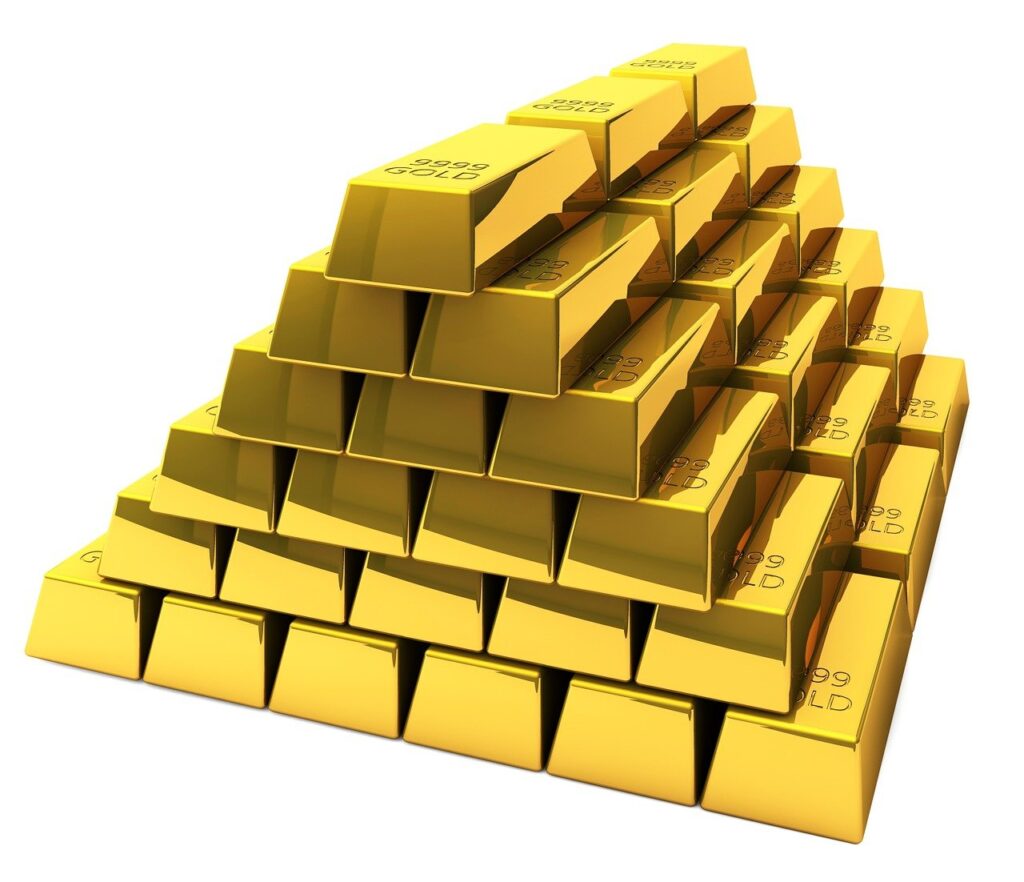

Most of these were discovered in the last decadedemonstrating how our ability to detect potentially dangerous asteroids is rapidly improving.

What is a near-Earth asteroid?
An asteroid is called near earth asteroid (NEAfor its acronym in English) when its trajectory brings it closer to 1.3 Astronomical Units (au, for its acronym in English) of the Sun. 1 au is the distance between the Sun and the Earthso NEAs may be within at least 0.3 au, 45 million km, of our planet’s orbit.
Currently, near-Earth asteroids account for about a third of the million asteroids discovered so far in the Solar System. Most of them reside in the asteroid belt between Jupiter and Mars.
Eros: the first
Asteroids have been cataloged by astronomers for more than two centuries since the first asteroid, Ceres, was discovered in 1801 by Giuseppe Piazzi. The first near-Earth asteroid, (433) Eros, was discovered almost a hundred years later, on August 13, 1898..

The asteroid Eros about 30 km long it was discovered by Carl Gustav Witt and Felix Linke at the Urania Observatory in Berlin and independently by Auguste Charlois at the Nice Observatory. The stone asteroid’s orbit takes it about 22 million kilometers from Earth, 57 times the distance of the Moon.
Eros is not only the first known NEA, but the first asteroid to be orbited by a spacecraft and the first to have a spacecraft land on it. Early calculations of the space rock’s orbit also allowed a precise determination of the then imperfectly known distance between the Sun and Earth.
How to unearth a near-Earth asteroid
Naturally, the large asteroids were discovered first, since they are much easier to see. They were thought to be minor planets, a term still in use today. As telescopes become more sensitive, we are finding many more, and at a rapid rateeven those up to tens of meters in size.

Ground-based telescopes, such as the Catalina Sky Survey in Arizona, in the United States, they discover new asteroids every week. They are designed to scan large sections of the sky, looking for new objects moving against the backdrop of ‘motionless’ stars.
Larger, more focused telescopes, such as the Very Large Telescope (VLT) of the European Southern Observatory, can be used for follow-up observations, helping us better understand the path, size, and even composition of a “new” asteroid.
Gaia, ESA’s space observatory on a mission to catalog a billion stars in the galaxyhas also helped us better understand asteroid risk.
“Thanks to Gaia, we know more about the stars in the galaxy that act as backdrops for asteroid observations.“, Explain Tineke Roegierscommunity support for the Gaia mission.
“Asteroids positions are obtained against these background stars, so the better one knows where the stars are, the more accurately asteroid orbits can be calculated.yes.”
With the use of the ‘stars of Gaia’, even the orbits of already known near-Earth asteroids have been improved, and some asteroids that were “lost” have been found again.
ESA asteroid risk list
“Of course, any asteroid discovered near Earth qualifies as a near-Earth asteroid, but many are far from home,” he explains. Marco Michelian astronomer at ESA’s Near-Earth Object Coordination Center.
“New objects are observed over time, their movements are studied, and with just a handful of data points from different nights their future positions can be predicted. Depending on the number and quality of observations, this may extend decades, even hundreds of years, into the future.”.

The Near Earth Object Coordination Center ESA’s NEOCC at ESRIN, Italy, houses the Agency’s asteroid experts and risk assessors. The team activates its network of telescopes around the world to obtain observations of newly discovered asteroids and determine their impact risk, while also pursuing “old” asteroids that have not yet been deemed safe.
Currently, 1,425 asteroids with a ‘non-zero’ impact probability are under your watchful eye, organized in NEOCC’s Asteroid Hazard List, which is constantly updated and freely available for anyone to view. You can even subscribe to ESA’s monthly ‘Asteroid Newsletter’, and asteroid news will come straight to you.
Will any of these asteroids hit Earth?
Currently, none of the near-Earth asteroids discovered so far are cause for concern., for at least a hundred years. Some of the smaller objects will hit Earth, but the most common are also the smallest and have little effect, except for creating trails of shooting stars as they burn up in the night sky.
When it comes to large and potentially devastating asteroids larger than 1km across and larger, most have been discovered and none show an impact risk for at least a century. For those that might impact later, we have plenty of time to study them and prepare a diversion mission.

The current priority is medium-sized asteroids of a few hundred meters in diameter. Many are still out there, waiting to be discovered, and in smaller sizes they are not as easy to find.
“The good news is that more than half of the currently known near-Earth asteroids were discovered in the last six years, showing just how much our view of asteroids is improving.“, Explain Richard Mossl, Head of Planetary Defense of the ESA.
“As this new milestone of 30,000 detections shows, and as new telescopes and detection methods are built, it is only a matter of time until we find them all.”.
THIS
#nearEarth #asteroids #discovered #rising

